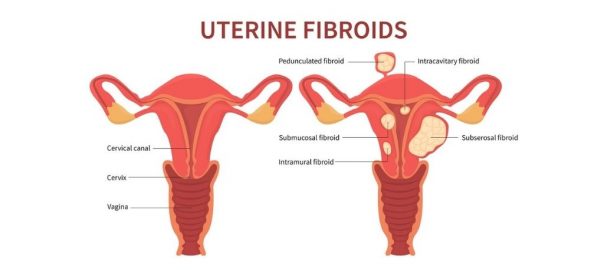Miss Li (pseudonym) is a white-collar worker, busy with work during office hours. Every year, she worries about the long waiting time for physical examinations. This year, she heard that the "Health Management Center" of Guangzhou Royal Lee Caner Center offers convenient and fast medical examinations. She quickly made an appointment for a physical examination. As scheduled, she arrived at the Health Management Center, enjoyed one-on-one accompaniment throughout the process, and comfortably waited for the examination report on a cozy sofa.
However, when she saw the physical examination report, she was stunned: "I'm not married yet, haven't had children, how come I have so many fibroids? Is it related to my usual dietary habits? How should I pay attention to it in my daily life?"
With these questions in mind, we invited an expert in gynecology from Guangzhou Royal Lee Caner Center to explain.


What are uterine fibroids? What causes the occurrence of fibroids?
Uterine fibroids are formed by hyperplasia of uterine smooth muscle tissue and are the most common benign tumors in women. The incidence of uterine fibroids in women of childbearing age can reach 25%. Therefore, many women often discover uterine fibroids during physical examinations, and the location, size, shape, and number of fibroids vary.
Currently, the exact cause of uterine fibroids is not fully understood. The widely accepted pathogenesis is believed to be related to long-term estrogen stimulation.
High-risk factors for the occurrence of uterine fibroids include age >40 years old, early menarche, nulliparity, late childbirth, obesity, polycystic ovary syndrome, hormone replacement therapy, black ethnicity, and a family history of uterine fibroids.
Therefore, experts at Guangzhou Royal Lee Caner Center remind uterine fibroid patients to pay attention to reducing the intake of foods containing estrogen, such as soybeans, black beans, etc., which may contain phytoestrogens or have estrogen-like effects; avoid the use of estrogen-progestin drugs (such as contraceptives, contraceptive injections); use female beauty and care products cautiously; advocate appropriate age for marriage and childbirth, and avoid late marriage and childbirth.
In addition, fat is also one of the sources of estrogen. Therefore, obese patients are more prone to uterine fibroids. It is recommended to control diet, enhance exercise, and avoid obesity.
In conclusion, uterine fibroids are common and prevalent in women. Regular physical examinations and proactive prevention and treatment are crucial.
